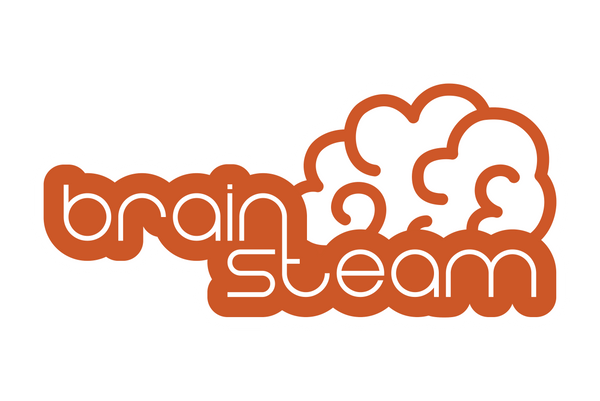STEM (Science, Technology, Engineering, and Mathematics) education has become increasingly important in the modern world as it prepares students for the constantly evolving job market. As technology advances, education must also evolve to keep pace. One such advancement is the use of Augmented Reality (AR) technology to enhance STEM learning. In this blog, we will explore how AR technology can be used to improve STEM education and create a more immersive and engaging learning experience for students.
What is Augmented Reality (AR)?
AR technology is a computer-generated sensory input that enhances a user's real-world experience by overlaying digital content onto the physical world. This is done through the use of a smartphone or tablet with a camera, which captures the real-world environment and adds digital content in real-time.
How AR technology enhances STEM learning
1. Making abstract concepts tangible
AR technology allows students to interact with digital models of complex and abstract concepts, making them more tangible and easier to understand. For example, students can use AR to explore the structure of an atom or the workings of the human body in a way that is not possible with traditional teaching methods.
2. Providing interactive and engaging experiences
AR technology provides an interactive and engaging experience that can make learning more fun and interesting for students. For example, students can use AR to explore a virtual environment and interact with objects and characters, making learning more immersive and memorable.
3. Enhancing critical thinking and problem-solving skills
AR technology can be used to create real-world scenarios and problems for students to solve, enhancing their critical thinking and problem-solving skills. For example, students can use AR to solve engineering problems or design a prototype for a new product, making learning more practical and relevant.
4. Fostering collaboration and teamwork
AR technology can be used to promote collaboration and teamwork among students. For example, students can work together to solve a problem or create a project using AR technology, promoting communication and cooperation.
Conclusion
AR technology has the potential to revolutionize STEM education by providing an immersive and engaging learning experience that is not possible with traditional teaching methods. AR technology can make abstract concepts tangible, provide interactive and engaging experiences, enhance critical thinking and problem-solving skills, and foster collaboration and teamwork. With the use of AR technology in STEM education, students can be better prepared for the constantly evolving job market, where technology and innovation play a significant role.

